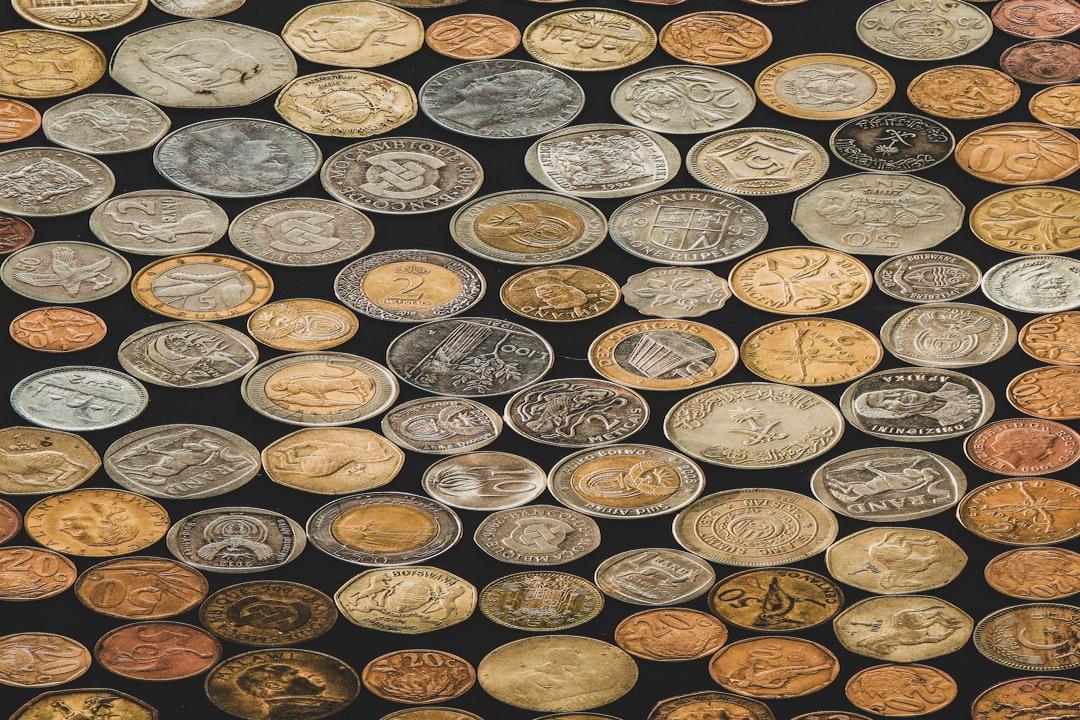Polkadot released a treasury operations report in the first half of 2024, revealing significant promotional expenses that have sparked widespread community attention and questioning. According to the report, Polkadot spent approximately $37 million on promotional expenses, accounting for nearly half of the total treasury expenditures. These expenses were specifically categorized as advertising fees, event costs, and media production fees. The following is a detailed analysis and discussion of these expenditures.
1. Advertising and Promotional Expenses:
Polkadot’s advertising expenses primarily focused on sponsorship fees, marketing and public relations agencies, and digital advertising.
[Sponsorship Fees]: Polkadot spent $10 million on various sponsorship activities aimed at increasing brand awareness and influence.
[Marketing and Public Relations Agencies]: Polkadot collaborated with multiple marketing and public relations agencies, spending $4.9 million. These agencies were responsible for Polkadot’s brand promotion and market outreach activities.
[Digital Advertising]: Polkadot invested $4 million in digital advertising, mainly distributed across various social media platforms and cryptocurrency-related websites to attract more users and investors’ attention.
2. Event Expenses:
Polkadot allocated $7.9 million to various events, including $4.5 million for event expenditures and $3.9 million for business development costs.
[Event Expenditures]: Polkadot organized and participated in numerous large-scale events to showcase its technology and ecosystem. These events not only increased Polkadot’s visibility but also attracted a significant number of potential users and partners.
[Business Development Costs]: Polkadot invested $3.9 million in business development to establish and maintain cooperative relationships with other blockchain projects, enterprises, and organizations.
3. Media Production Fees:
Polkadot allocated $3.2 million for media production, primarily used for creating high-quality promotional materials and content, including videos, images, and articles.
[Video Production]: Polkadot produced a series of high-quality videos introducing its technology, ecosystem, and future development plans. These videos were widely shared on social media and within the cryptocurrency community, enhancing Polkadot’s visibility and recognition.
[Images and Articles]: Polkadot also created a substantial amount of images and articles showcasing its technological advantages and market prospects. These contents not only attracted a large number of users and investors but also helped Polkadot establish a strong foothold in the fiercely competitive blockchain market.
4. KOL Placement and Associated Issues:
A significant portion of Polkadot’s promotional budget was allocated to Key Opinion Leaders (KOLs). By collaborating with multiple KOLs, Polkadot aimed to enhance brand awareness through their influence. However, Polkadot encountered several issues in selecting KOLs:
[Fake Followers and Content Manipulation]: Many KOLs artificially inflated their promotion results by purchasing fake followers and manipulating content engagement. These false data not only wasted Polkadot’s promotional budget but also negatively impacted its brand reputation.
[Bot Accounts]: Some KOLs used bot accounts to increase interaction levels, but these interactions did not genuinely translate into Polkadot’s users and investors.
[Low-Quality Promotion Content]: Some KOLs produced low-quality promotion content that failed to effectively convey Polkadot’s core values and technological advantages.
5. Community Response and Governance Challenges:
The Polkadot community raised concerns about the transparency and efficiency of treasury expenditures, particularly questioning the rationale behind significant promotional expenses. Community members believed that Polkadot needed to manage its treasury funds more reasonably and transparently to ensure that these funds were genuinely used to drive the project’s development and growth.
[Decentralized Governance Challenges]: Polkadot employs a decentralized governance mechanism, which has certain advantages in improving transparency and community participation but also faces issues of low decision-making efficiency. Community members hope that Polkadot can further optimize its governance mechanism to improve the utilization efficiency of treasury funds.
[Doubts about Promotional Effectiveness]: Despite Polkadot’s substantial investment in promotion, the effectiveness was not evident. Community members believed that Polkadot needed to reevaluate its promotional strategies, avoid blind advertising, and ensure that every penny spent had the maximum impact.
6. Future Prospects:
Despite the controversy surrounding Polkadot’s significant promotional investment, it demonstrates ambition and determination in market promotion and brand building. In the future, Polkadot needs to make improvements in the following areas:
[Enhancing Fund Utilization Efficiency]: Polkadot should strengthen the management and monitoring of promotional funds to ensure that every expense produces the expected results.
[Optimizing KOL Selection]: Polkadot should exercise greater caution in selecting KOLs, avoiding those who inflate promotion results through fake followers and content manipulation.
[Strengthening Community Governance]: Polkadot should further optimize its decentralized governance mechanism to improve decision-making efficiency and transparency, ensuring the interests of community members are fully protected.
While Polkadot’s promotional strategy and fund utilization face challenges, as long as timely adjustments and optimizations are made, its future remains promising. By strengthening fund management, optimizing promotional strategies, and enhancing community governance, Polkadot has the potential to secure a place in the competitive blockchain market.

